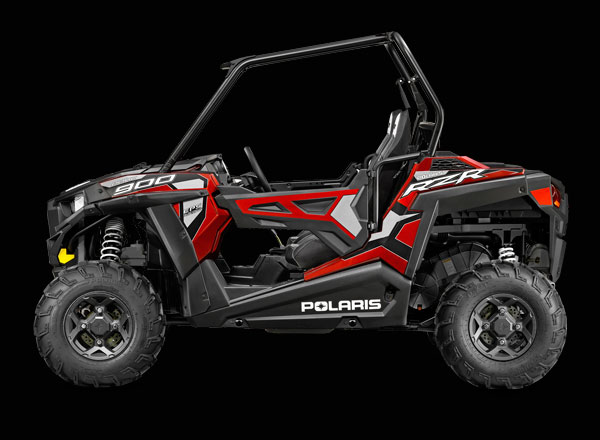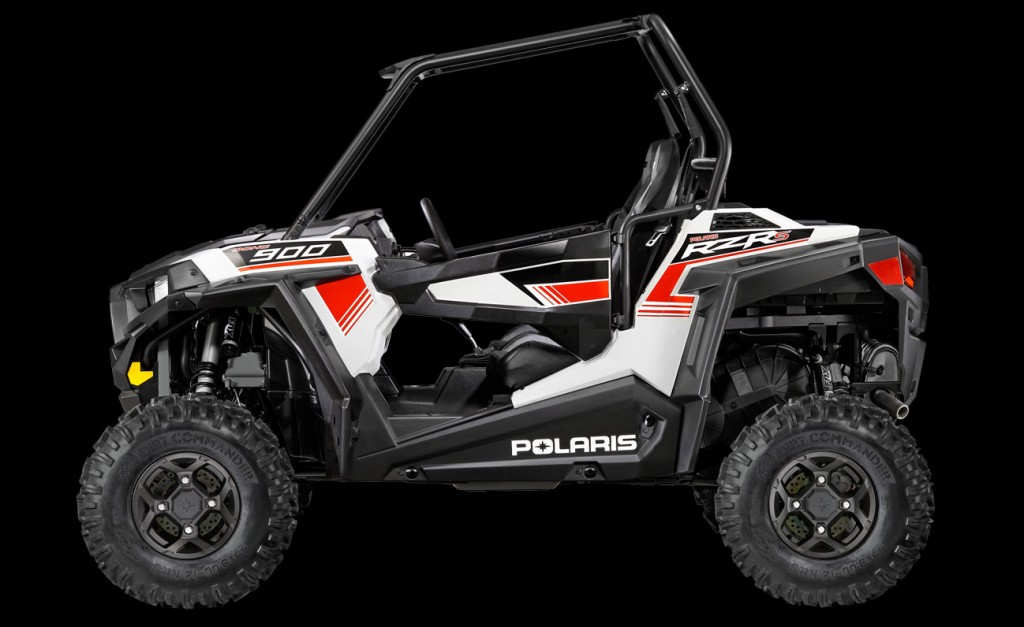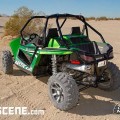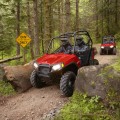2015 Polaris RZR 900
- Updated: September 19, 2014
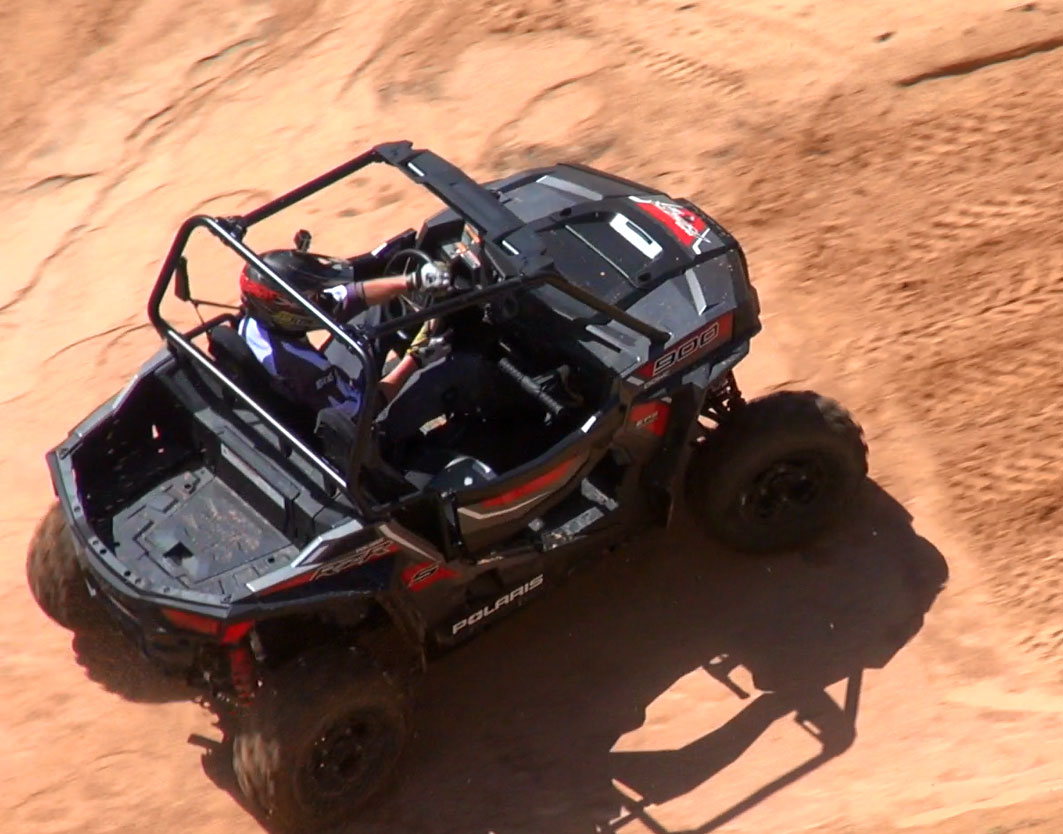
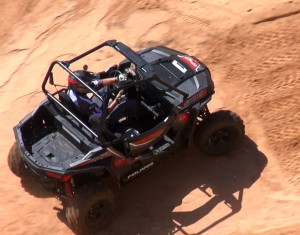 Words by Brit Mansell, Video by John Pellan
Words by Brit Mansell, Video by John Pellan
As I’m heading to the airport to return home from 2015 Polaris Model Year introduction, I have come to one conclusion. Polaris, and the new RZR 900, has become a victim of its own success. Let me explain.
In 2014, we were all introduced to what is now the dominant high performance sport UTV in the RZR XP 1000. Also in 2014, you could purchase a new RZR XP 900, also a very dominant sport UTV. So, seeing those two machines in the lineup, along with the original RZR 800 models, the RZR XP 1000 was seen as a new segment (ie. big bore sport UTV).
However, and here’s where the issue comes in, according to Polaris, the RZR XP 1000 was actually the replacement for the RZR XP 900, although it was still available in 2014. Little did we know that Polaris had plans to fine tune their lineup to actually have two main vehicles instead of three (1000, 900, 800).
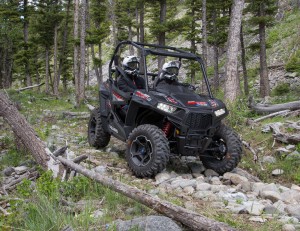 Enter in the all new 2015 RZR 900 (without the XP nomenclature). This machine is actually the replacement for the 800 models, not the XP 900, but here’s where it gets interesting. This new 900 is nowhere near in the same class of vehicle as the original 800’s. In absolutely every way, the new RZR 900 models blow away the 800’s. RZR 900 is available in the following configurations for 2015:
Enter in the all new 2015 RZR 900 (without the XP nomenclature). This machine is actually the replacement for the 800 models, not the XP 900, but here’s where it gets interesting. This new 900 is nowhere near in the same class of vehicle as the original 800’s. In absolutely every way, the new RZR 900 models blow away the 800’s. RZR 900 is available in the following configurations for 2015:
- RZR 900 50” (base model)
- RZR 900 Trail (power steering)
- RZR 900 XC (55”, upgraded tires/wheels, electronic dash, power steering)
- RZR 900 S (60”, upgraded tires/wheels, power steering, improved track width)
- RZR 900 S LE
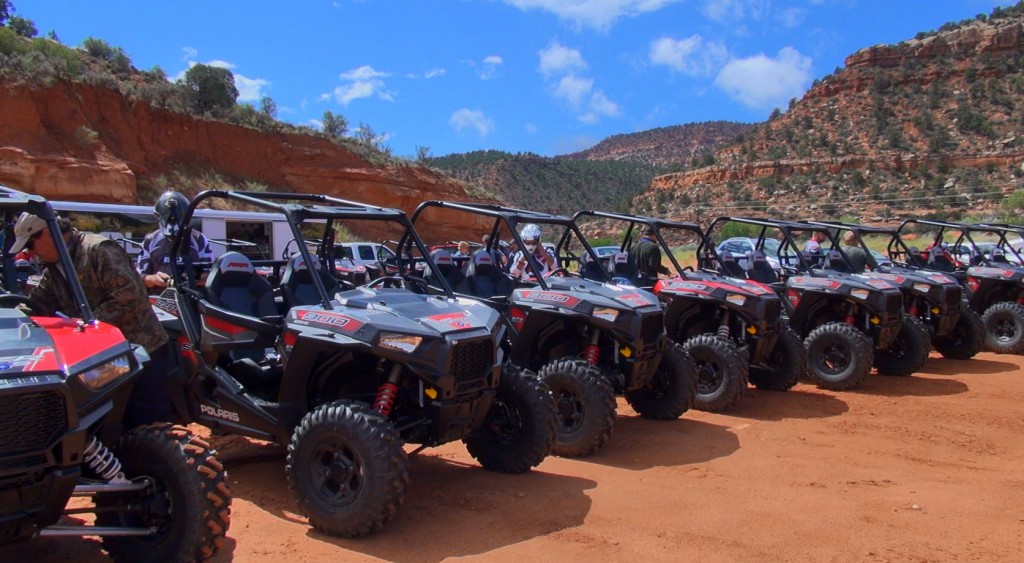
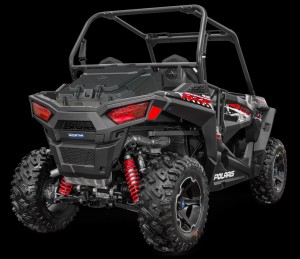 For 2015, the RZR lineup has excluded any 800cc machines as well as the XP 900. The natural inclination is to associate the RZR 900 as the replacement for the XP 900, especially when you consider the high level of performance from this machine, that is until you see the price. The new RZR 900 is priced to be the best value in the RZR line.
For 2015, the RZR lineup has excluded any 800cc machines as well as the XP 900. The natural inclination is to associate the RZR 900 as the replacement for the XP 900, especially when you consider the high level of performance from this machine, that is until you see the price. The new RZR 900 is priced to be the best value in the RZR line.
By now, most of you reading this are somewhat familiar with the creature comforts of the new RZR XP 1000 (high bolster seats, increased leg room, footwell lighting, etc.). Almost all of those features are now present on even the entry level RZR 900, making it a true evolution of the machine.
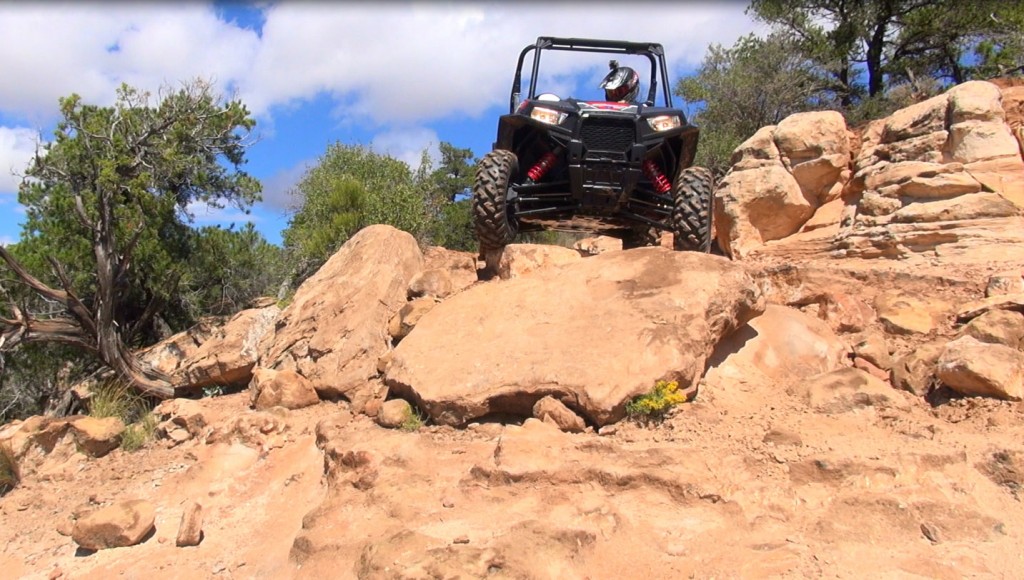
Aside from the touchy-feely upgrades, the mechanics of the machine are also improved:
- Larger ball joints (compared to the 800 and XP 900)
- Larger CV’s and axle shafts
- Improved front chassis rigidity (the quote was “we created a large pile of crashed chassis [during unmanned crash testing sessions]” – Kyle Bjorkman, Senior Project Engineer at Polaris Industries)
- Shared front chassis geometry with XP 1000
- Quicker steering (same as XP 1000)
- Easy access to accessory mounting (bumpers, winches, etc.)
- Double a-arm rear suspension
- Quicker front differential engagement (same as XP 1000)
- Close ratio low range transmission
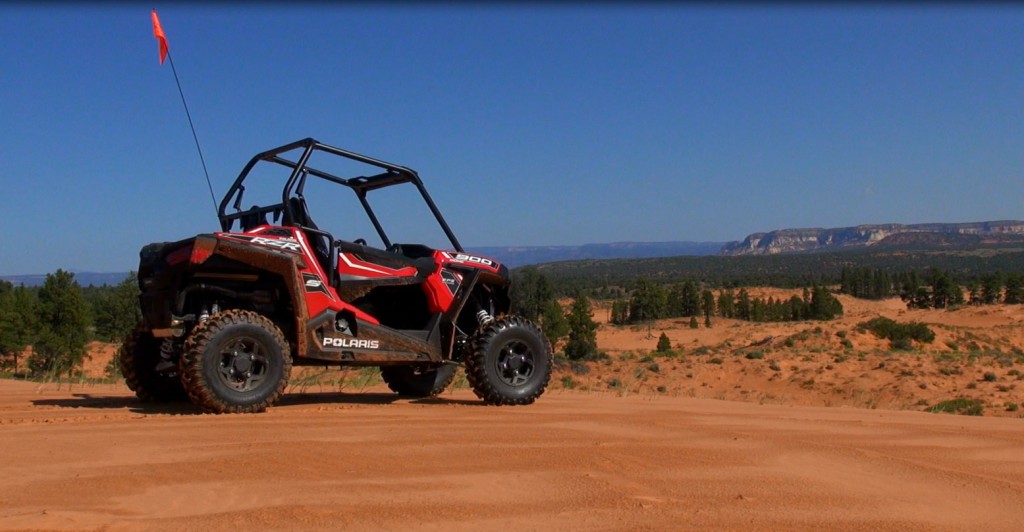
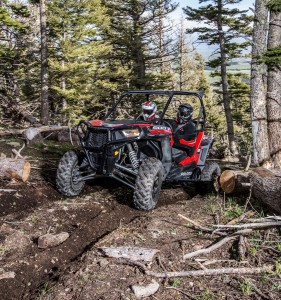 One of the features listed above that I would like to point out is the last bullet – the close ratio low range transmission. Most of you reading this are familiar with the low range in the previous RZR vehicles (800, and XP 900). For all but the slowest of situations, low range was mostly unused in those vehicles. However, this new close ratio transmission is probably my favorite aspect of the new machine. The RZR 900 S will reach speeds between 42 and 45 MPH in low range. What that means is that for almost all trail riding, you can keep the vehicle in low range, keeping the RPM range in the meat of the powerband, reducing belt temperatures (prolonging its life), reducing stress on transmission components, and most of all keeping the power perfectly within reach of a quick blip of the throttle. We even used low range quite a bit in the dunes at Coral Pink OHV Park in Southern Utah, where Polaris held its recent 2015 model year introduction ride. Getting the power to the ground quicker is always a plus in deep sand.
One of the features listed above that I would like to point out is the last bullet – the close ratio low range transmission. Most of you reading this are familiar with the low range in the previous RZR vehicles (800, and XP 900). For all but the slowest of situations, low range was mostly unused in those vehicles. However, this new close ratio transmission is probably my favorite aspect of the new machine. The RZR 900 S will reach speeds between 42 and 45 MPH in low range. What that means is that for almost all trail riding, you can keep the vehicle in low range, keeping the RPM range in the meat of the powerband, reducing belt temperatures (prolonging its life), reducing stress on transmission components, and most of all keeping the power perfectly within reach of a quick blip of the throttle. We even used low range quite a bit in the dunes at Coral Pink OHV Park in Southern Utah, where Polaris held its recent 2015 model year introduction ride. Getting the power to the ground quicker is always a plus in deep sand.
In conclusion, I believe the new RZR 900 platform is appropriately positioned beneath the XP 1000. It will take some effort on my part to see this as a replacement for the 800 and not a replacement for the XP 900, just due to the high level of performance from this machine, but seeing the complete lineup for 2015 clearly illustrates Polaris’ position. They now have an all out speed machine in the XP 1000 and a great platform with which to fill all other needs in the RZR 900 equipment.
Polaris is so confident in the new RZR 900 that the factory Polaris race teams competing in the GNCC series will all be running the RZR 900 S. The ability for this new machine to perform in tight trail environments will surely put the Polaris teams in contention for 2015.
My Raw Opinion…
If you are:
- A trail rider with a 800 – buy a RZR 900
- A trail rider with a XP 900 – buy a RZR 900
- A dune rider with a 800 – buy a 1000
- A dune rider with a XP 900 – buy a 1000
- A trail rider with a XP 1000 – debatable here. The 900 is absolutely at home in tight trails, but is not close on power to the XP 1000.
I see no situation where a RZR 800 is a better performer than the RZR 900. Clearly, the new 900 is not a flat out dune machine, so the XP 900 may still have an edge there, but if you’re in the dunes, you already know you need a XP 1000.
Learn more at polaris.com
